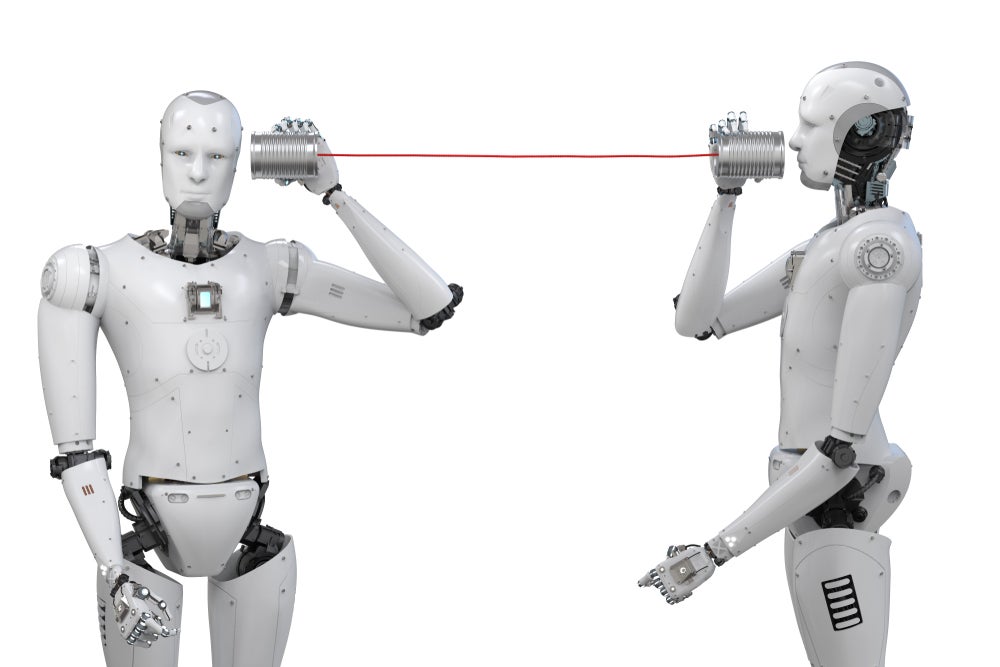Extreme Networks has been granted a patent for methods and apparatus for aligning a lens holder in a small-height scan engine. The patent describes a method that involves mounting an image sensor to a circuit board, optically aligning a lens holder with the image sensor using alignment fixtures, and physically aligning the lens holder with the circuit board based on a misalignment between the surface of the lens holder and the edge of the circuit board. GlobalData’s report on Extreme Networks gives a 360-degree view of the company including its patenting strategy. Buy the report here.
According to GlobalData’s company profile on Extreme Networks, VPN tunneling was a key innovation area identified from patents. Extreme Networks's grant share as of September 2023 was 61%. Grant share is based on the ratio of number of grants to total number of patents.
Patent granted for aligning lens holder in small-height scan engine
A recently granted patent (Publication Number: US11778294B2) describes a method and assembly apparatus for aligning a lens holder in a small-height scan engine. The method involves mounting an image sensor to a circuit board and using alignment fixtures to optically align the lens holder with the image sensor based on images captured by the image sensor through the lens holder. Once optically aligned, the method physically aligns the lens holder with the circuit board using the alignment fixtures, taking into account any misalignment between the surface of the lens holder and the edge of the circuit board.
The physical alignment of the lens holder with the circuit board ensures that the surface of the lens holder is coplanar with the edge of the circuit board, forming a first mounting surface. The scan engine is then secured in a housing, with the first mounting surface secured against a second mounting surface of the housing, and the circuit board perpendicular to the second mounting surface.
The method also includes satisfying a dimension requirement for the scan engine during the physical alignment of the lens holder with the circuit board. This dimension requirement is less than the maximum possible dimension of the circuit board and lens holder combination, including nominal dimensions, dimension tolerances, and alignment tolerances. In this case, the dimension requirement is specifically stated as 7.2 mm.
To achieve the physical alignment, the lens holder and/or the circuit board can be moved along only one axis. Machine vision cameras are used to capture images of the edge of the circuit board together with the surface of the lens holder, allowing for the verification of the physical alignment.
The assembly apparatus described in the patent includes a first fixture for holding the circuit board with the image sensor, a second fixture for holding the lens holder, a machine vision camera, and a controller. The controller controls the fixtures and camera to achieve the optical alignment of the lens holder with the image sensor and subsequently move the fixtures based on the edge of the circuit board to achieve the physical alignment.
Overall, this patent presents a method and assembly apparatus for accurately aligning a lens holder in a small-height scan engine, ensuring both optical and physical alignment with the circuit board. The invention addresses the need for precise alignment to meet dimension requirements and improve the performance of scan engines used in various applications.
To know more about GlobalData’s detailed insights on Extreme Networks, buy the report here.
Premium Insights
From

The gold standard of business intelligence.
Blending expert knowledge with cutting-edge technology, GlobalData’s unrivalled proprietary data will enable you to decode what’s happening in your market. You can make better informed decisions and gain a future-proof advantage over your competitors.







